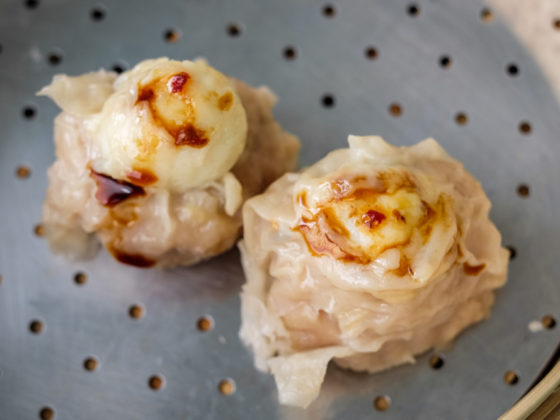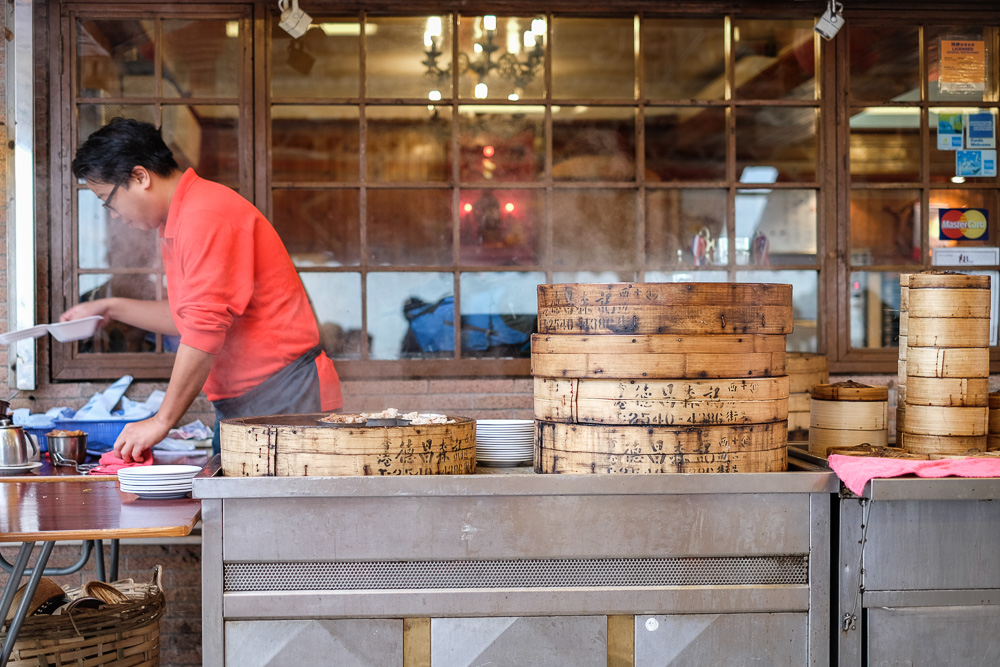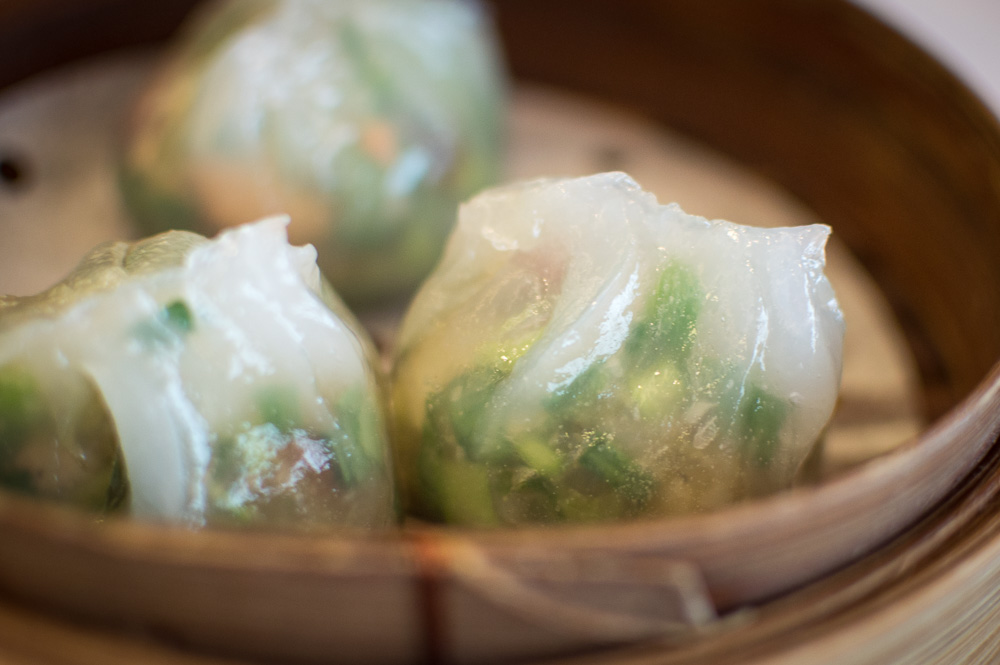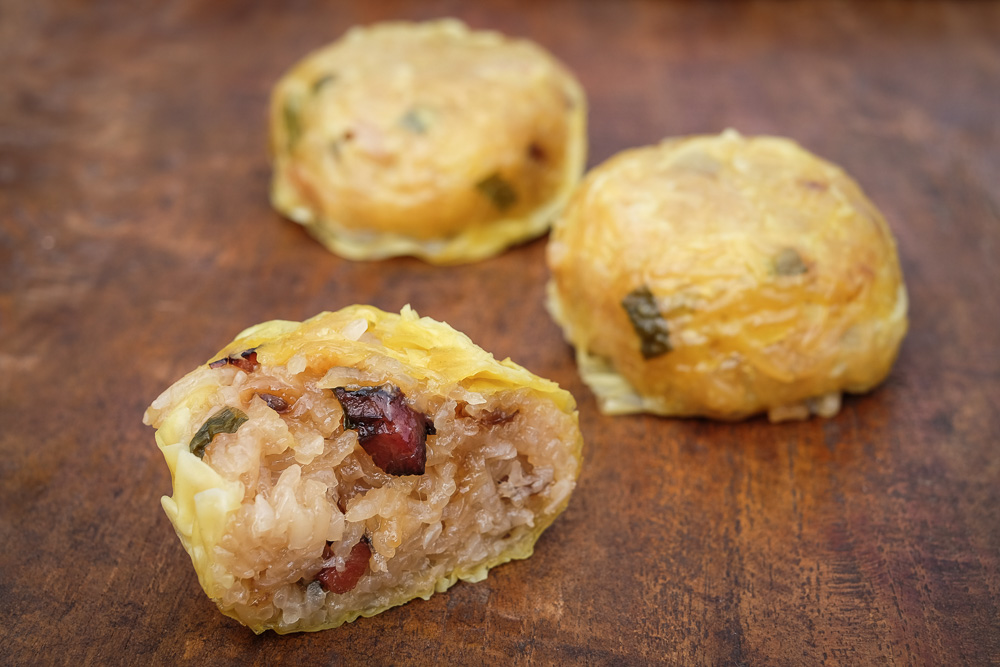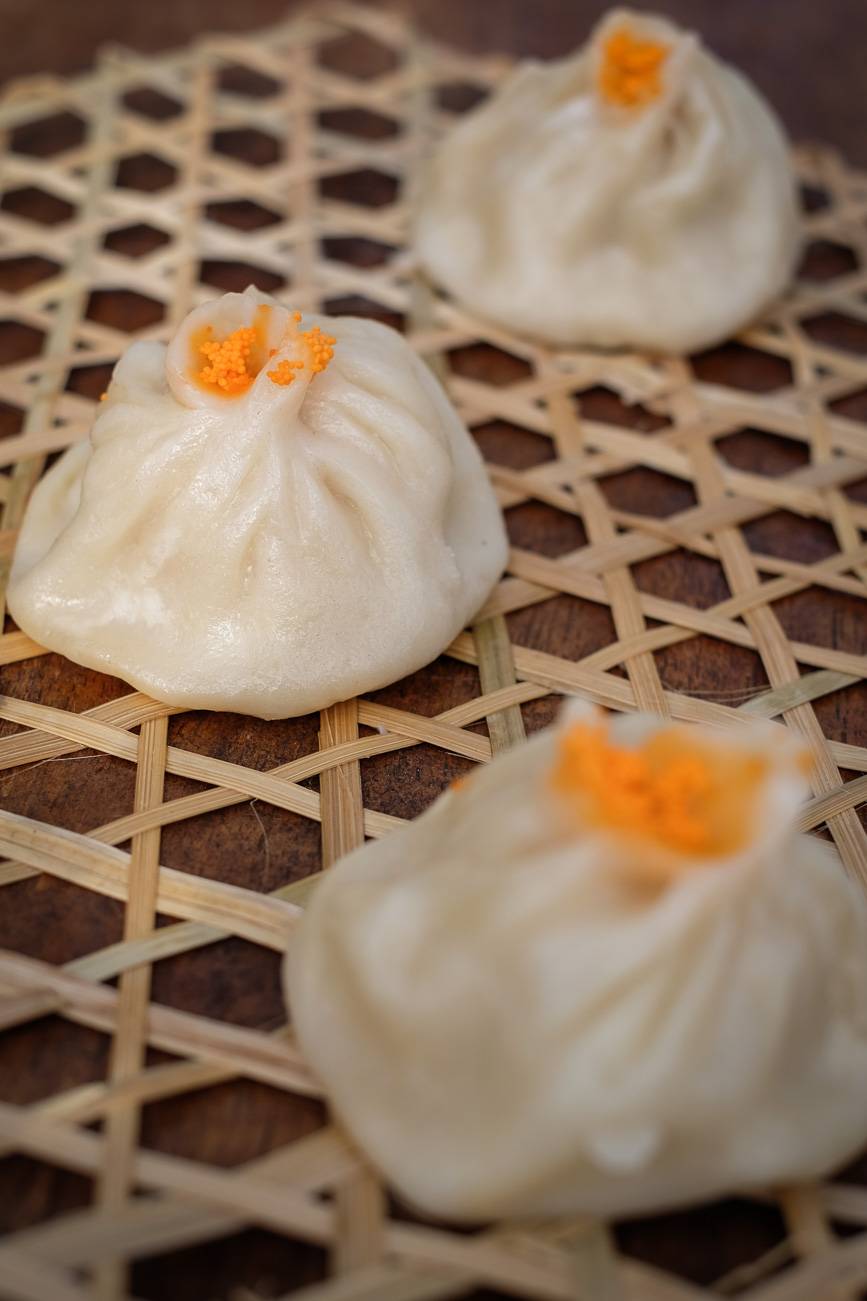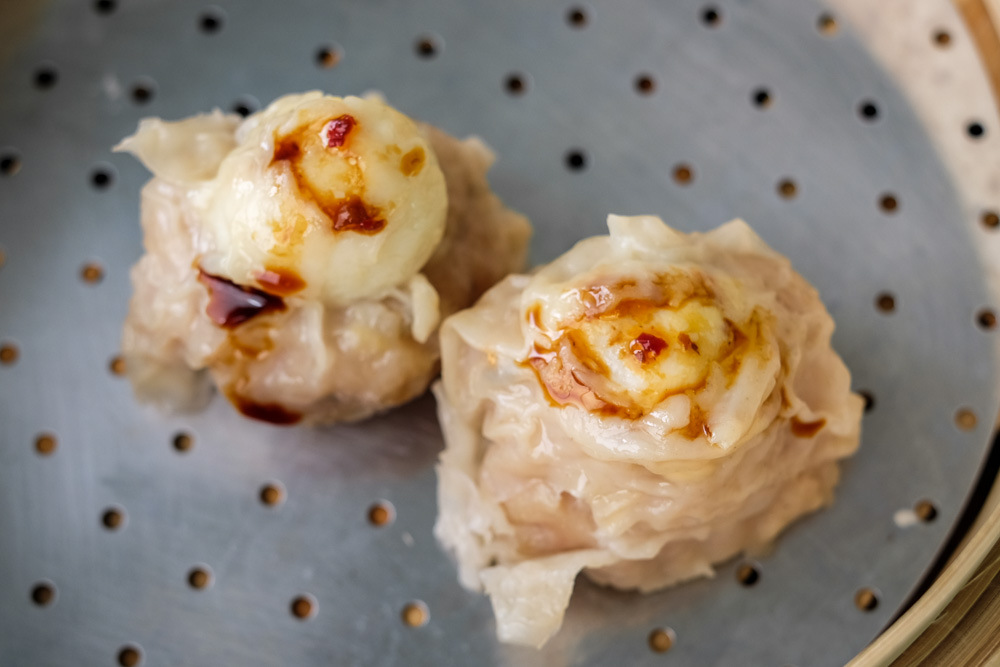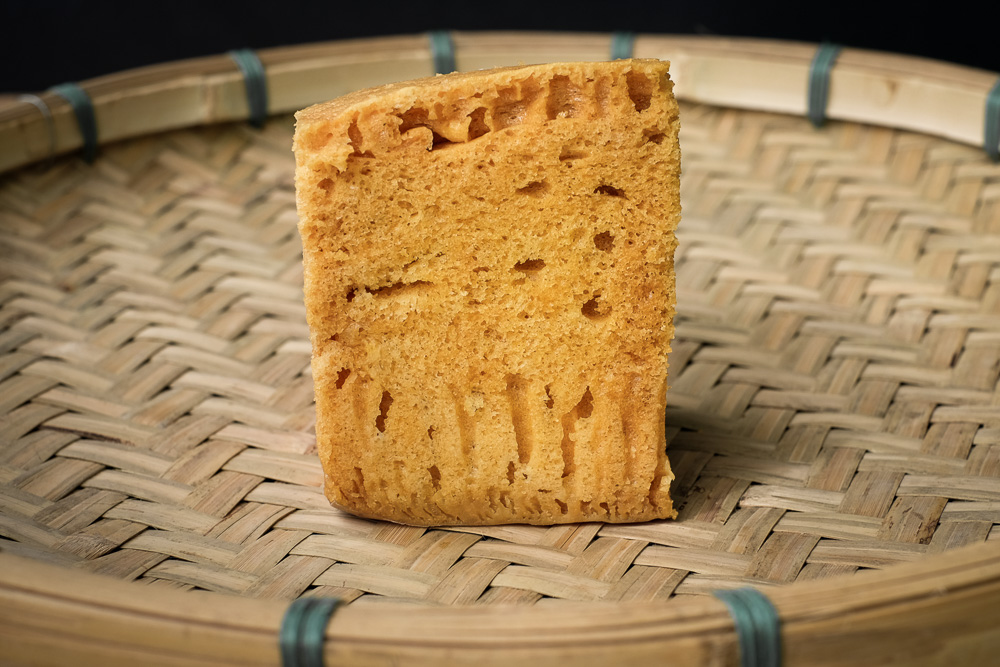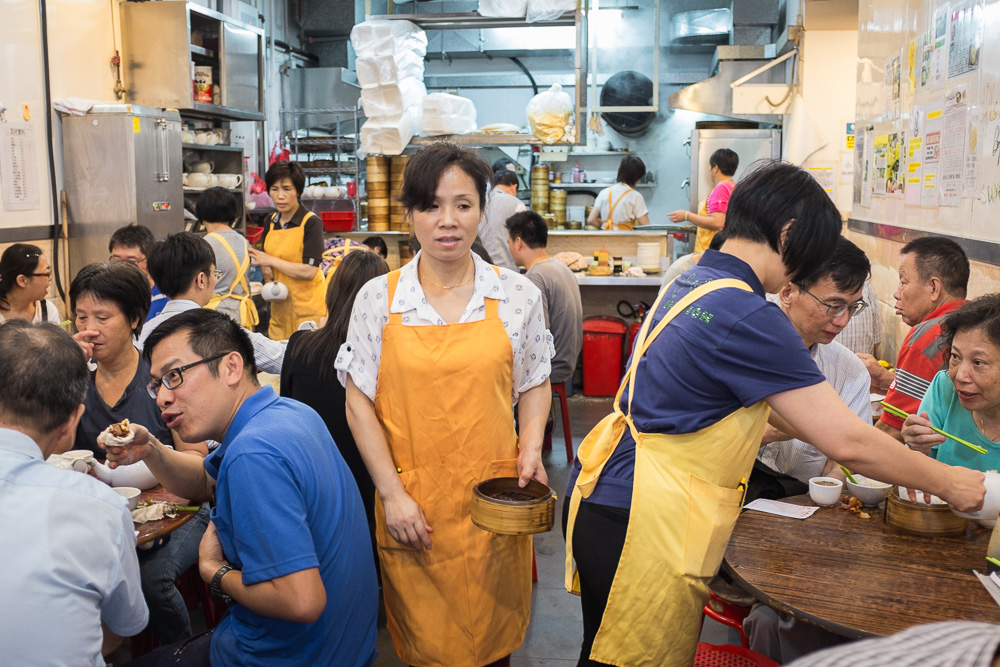HOW COULD YOU NOT FALL IN LOVE with a type of meal that literally means “light up the heart”? A whole array of dishes, mostly steamed, some deep-fried, others occasionally baked into the crispiest of feathery light pastries, all with the sole purpose of igniting joy.
Dim Sum 點心 has a dedicated following anywhere Cantonese people roam and you’ll often see Dim Sum joints lining the streets of all the Chinatowns in the world. Hong Kong is the king of dim sum production and consumption. Whether it’s the grannies and grandpas who fill the early morning slot of the big yum cha restaurants or the crowds that queue up for the 2pm discount sessions, Hong Kong churns out dumplings and spring rolls faster than you can say 好食好味 (ho sick ho mei) – delicious, tasty.
